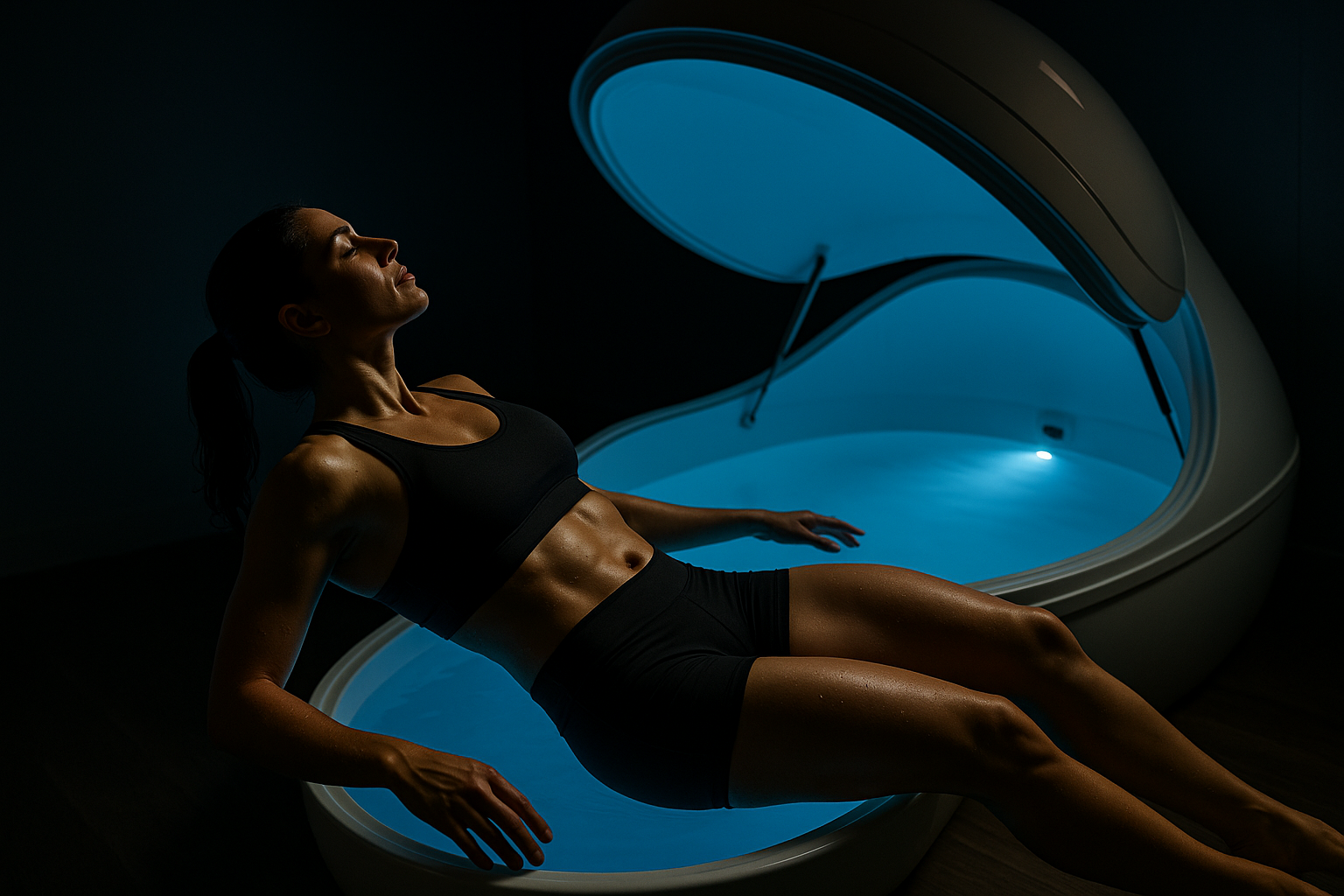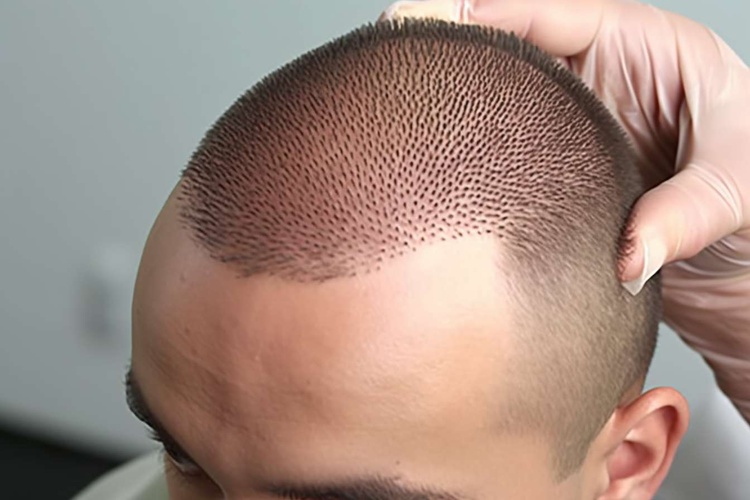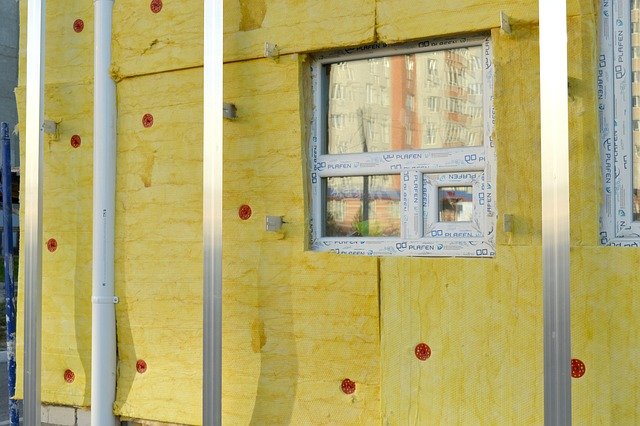Immersive Sensory Fitness: A Deeper Dive Into Sensory Deprivation Workouts
When it comes to innovation in the fitness industry, the sky's the limit. One of the latest trends on the scene is immersive sensory fitness, a unique approach that combines physical exercise with sensory deprivation to create a workout experience like no other. This article will delve into the origins of this trend, its current industry impact, and the potential benefits it may offer.

From Sensory Deprivation Tanks to Fitness
While sensory deprivation as a concept has been around for decades, its integration into fitness is a relatively recent development. Sensory deprivation tanks, also known as float tanks, were initially created by neuroscientist John C. Lilly in the 1950s. These tanks were filled with salt water at skin temperature, allowing users to float effortlessly and isolate their senses from external stimuli.
Fast forward to the 21st century, and fitness enthusiasts began exploring the potential of sensory deprivation for enhancing workouts. The idea was simple: By eliminating distractions, individuals could focus more intensively on their physical performance and mental resilience.
The Current State of Sensory Deprivation Workouts
Today, sensory deprivation workouts are gaining traction in the fitness industry. These workouts typically take place in darkened rooms, with limited visual and auditory stimuli. Some fitness studios have even created specialty environments for sensory deprivation workouts, featuring soundproof rooms and unique equipment designed to enhance the sensory isolation experience.
Experts believe that sensory deprivation workouts offer several advantages. By removing external stimuli, these workouts can heighten body awareness and promote a deeper mind-body connection. Moreover, the lack of distractions can help individuals to focus more intently on their form, potentially leading to improved performance and results.
The Benefits of Sensory Deprivation Workouts
Research into sensory deprivation workouts is still in its early stages. However, preliminary studies suggest that these workouts may offer several benefits. For example, a 2018 study published in the Journal of Strength and Conditioning Research found that sensory deprivation could enhance proprioception, the ability to sense one’s body position and movement.
In addition to potential physical benefits, sensory deprivation workouts may also offer psychological advantages. By reducing external distractions, these workouts can promote a state of mindfulness, potentially reducing stress and enhancing mental well-being.
Market Relevance and Industry Impact
As the fitness industry continues to evolve, sensory deprivation workouts are poised to make a significant impact. The demand for unique, innovative fitness experiences is higher than ever, and sensory deprivation workouts fit the bill perfectly. They offer a fresh, novel approach to fitness that appeals to a wide range of individuals, from hardcore athletes to mindful exercisers.
Moreover, sensory deprivation workouts align with broader wellness trends, such as mindfulness and self-care. By promoting a deeper mind-body connection, these workouts offer a holistic approach to fitness that goes beyond mere physical performance.
Looking Ahead: The Future of Sensory Deprivation Workouts
While sensory deprivation workouts are still relatively new on the fitness scene, their future looks promising. As more research emerges on the potential benefits of these workouts, their popularity is likely to grow.
At the same time, fitness studios and equipment manufacturers will need to continue innovating to meet the demands of this burgeoning trend. This could lead to the development of new workout formats and technologies, further expanding the possibilities for sensory deprivation fitness.
In conclusion, sensory deprivation workouts represent a bold, innovative frontier in the fitness industry. By merging physical exercise with sensory isolation, these workouts offer an immersive, unique fitness experience that holds promise for both physical and mental well-being. As the fitness industry continues to evolve, sensory deprivation workouts are a trend to watch.




